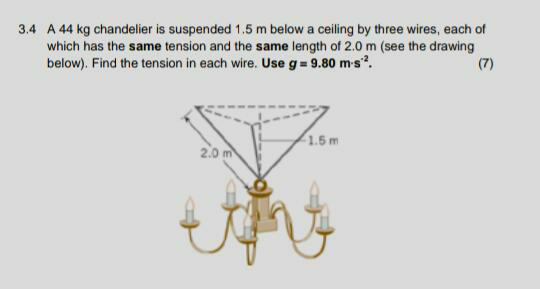
AllQuestion and Answers: Page 1324
Question Number 81972 Answers: 1 Comments: 1

Question Number 81971 Answers: 1 Comments: 0

Question Number 81970 Answers: 0 Comments: 1
Question Number 81968 Answers: 1 Comments: 1

Question Number 81966 Answers: 1 Comments: 0
Question Number 81963 Answers: 1 Comments: 2
Question Number 82130 Answers: 0 Comments: 5
Question Number 81954 Answers: 0 Comments: 6
Question Number 81944 Answers: 2 Comments: 0
Question Number 81943 Answers: 0 Comments: 0
Question Number 81942 Answers: 1 Comments: 0

Question Number 81937 Answers: 0 Comments: 2
Question Number 81927 Answers: 2 Comments: 0
Question Number 81926 Answers: 1 Comments: 1
Question Number 81925 Answers: 1 Comments: 0
Question Number 81921 Answers: 1 Comments: 0

Question Number 81911 Answers: 1 Comments: 4

Question Number 81910 Answers: 0 Comments: 1
Question Number 81906 Answers: 0 Comments: 1

Question Number 81889 Answers: 1 Comments: 0

Question Number 81888 Answers: 1 Comments: 1

Question Number 81887 Answers: 0 Comments: 2

Question Number 81884 Answers: 0 Comments: 1

Question Number 81879 Answers: 0 Comments: 2
Question Number 81876 Answers: 0 Comments: 1
Question Number 81892 Answers: 5 Comments: 0

Pg 1319 Pg 1320 Pg 1321 Pg 1322 Pg 1323 Pg 1324 Pg 1325 Pg 1326 Pg 1327 Pg 1328
